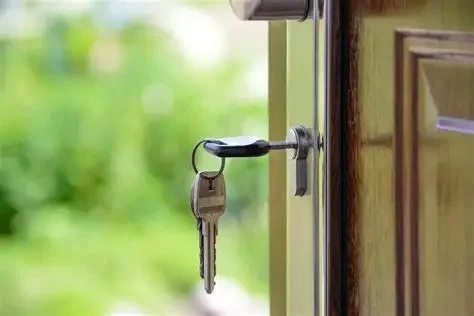
How to Protect Your Home from Lock Impressioning and Hacking: Essential Tips and Solutions
- 1. Understanding Lock Impressioning
- 2. The Dangers of Lock Hacking
- 3. Effective Ways to Prevent Lock Impressioning
- 4. How to Prevent Lock Hacking
- 5. Choosing the Right Lock for Maximum Security
- 6. Trusted Locksmith Recommendations from Locksmith Finder
1. Understanding Lock Impressioning
Lock impressioning is a method that criminals use to create a working key for a lock without the original key. The process involves inserting a blank key into the lock and manipulating it to form a key profile based on the marks left by the internal components of the lock. This method requires little technical skill, making it a particularly dangerous security threat.
The key advantage of lock impressioning for burglars is that it leaves no evidence of tampering, meaning homeowners may remain unaware of a potential security breach. Impressioning can be done silently and without triggering alarms or causing damage, which is why it's essential to understand how to prevent it.
2. The Dangers of Lock Hacking
Lock hacking is a term used to describe the use of technology to bypass traditional lock mechanisms. This can include hacking into digital or smart locks, exploiting vulnerabilities in wireless communication, or even using software to manipulate lock systems. As more homeowners adopt smart locks and electronic security systems, the risk of lock hacking increases.
Cybercriminals can gain access to smart locks via software vulnerabilities or by hacking the devices that control the locks, such as smartphones or computers. Once access is gained, they can unlock doors remotely, providing easy access to your home. It’s crucial to be aware of these evolving threats and take proactive measures to secure your locks from digital hacking attempts.
3. Effective Ways to Prevent Lock Impressioning
While lock impressioning may sound complicated, there are several effective ways to protect your home:
1. Choose High-Security Locks
High-security locks are designed to resist impressioning, picking, and other forms of tampering. These locks are equipped with advanced features such as reinforced pin chambers, anti-drill plates, and restricted keyways. Look for locks that are certified by organizations like UL (Underwriters Laboratories) or ANSI (American National Standards Institute) for maximum protection.
2. Install Lock Guards
Lock guards are physical barriers that can be installed around your door locks to prevent tampering. These guards can make it more difficult for criminals to access and manipulate the lock, even if they have the tools to perform impressioning.
3. Regularly Change Your Locks
Changing your locks every few years or after a break-in is a simple yet effective way to maintain home security. This ensures that any potential imprints or keys created by impressioning are no longer valid, keeping your home secure from future attacks.
4. How to Prevent Lock Hacking
To prevent lock hacking, consider the following strategies:
1. Use Strong Digital Encryption
For digital and smart locks, ensure that the lock’s encryption is up to date and utilizes strong encryption protocols. This makes it more difficult for hackers to intercept or manipulate the signals between your lock and the control device.
2. Update Firmware Regularly
Many smart locks and digital security systems rely on firmware to operate. Hackers often exploit outdated firmware with known vulnerabilities. Regularly updating your lock’s firmware ensures that it stays protected against the latest hacking techniques.
3. Enable Multi-Factor Authentication
If your lock supports it, enable multi-factor authentication (MFA) for added security. MFA requires more than just a password to gain access to your lock, adding an extra layer of protection in case your primary access method is compromised.
5. Choosing the Right Lock for Maximum Security
When selecting locks for your home, it's important to balance convenience with security. Consider the following options:
1. Deadbolt Locks
Deadbolt locks are one of the most secure types of locks available. They are more resistant to picking and forced entry than spring bolt locks. For added security, opt for a high-quality, single-cylinder deadbolt with reinforced strike plates.
2. Smart Locks
While smart locks are convenient, it’s crucial to choose one with robust security features. Look for locks with end-to-end encryption, secure app control, and the ability to integrate with other smart home devices for a comprehensive security solution.
3. Biometric Locks
Biometric locks use fingerprints or retinal scans for access, making them difficult to hack or bypass. These locks are an excellent option for homeowners seeking a high level of security combined with convenience.
6. Trusted Locksmith Recommendations from Locksmith Finder
For additional peace of mind, consult a professional locksmith to ensure that your home’s locks are properly installed and up-to-date with the latest security features. Locksmith Finder is here to help you connect with trusted locksmiths in your area, ensuring your home is protected from both physical and digital threats.
Whether you need advice on securing your current locks or are looking for the latest high-security options, our network of expert locksmiths can provide you with personalized recommendations and solutions tailored to your needs.



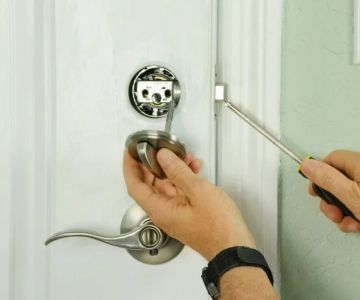
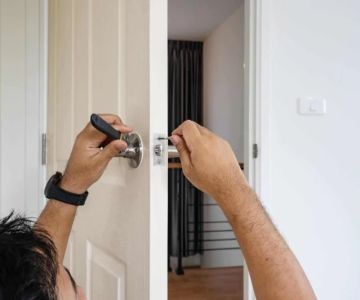
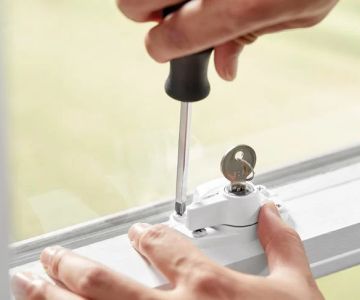
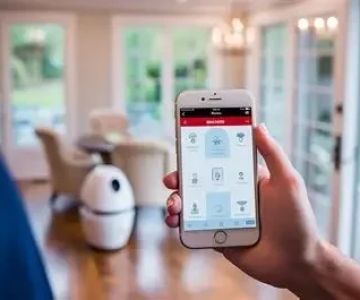

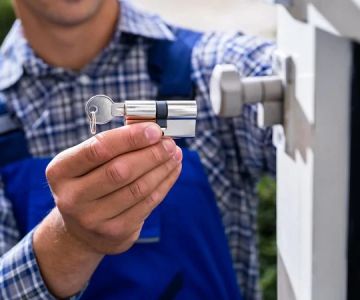
 Minute Key4.0 (10 reviews)
Minute Key4.0 (10 reviews) Minute Key3.0 (7 reviews)
Minute Key3.0 (7 reviews) KeyMe Locksmiths5.0 (1 reviews)
KeyMe Locksmiths5.0 (1 reviews)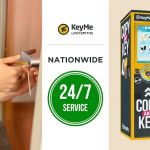 KeyMe Locksmiths0.0 (0 reviews)
KeyMe Locksmiths0.0 (0 reviews) Minute Key3.0 (3 reviews)
Minute Key3.0 (3 reviews) Minute Key4.0 (6 reviews)
Minute Key4.0 (6 reviews)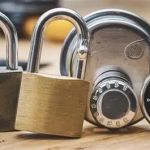 Understanding the Different Types of Locks and Their Uses
Understanding the Different Types of Locks and Their Uses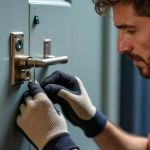 How to Protect Your Business With Master Key Systems: A Comprehensive Guide
How to Protect Your Business With Master Key Systems: A Comprehensive Guide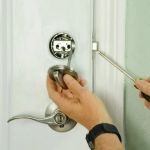 How to Protect Your Home from Lock Popping: Locksmith Tips
How to Protect Your Home from Lock Popping: Locksmith Tips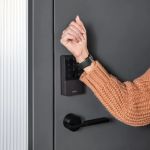 How to Protect Your Home With Motion-Activated Smart Locks
How to Protect Your Home With Motion-Activated Smart Locks How to Protect Your Business With Layered Locksmith Solutions
How to Protect Your Business With Layered Locksmith Solutions How to Upgrade Your Business Security With Modern Lock Systems
How to Upgrade Your Business Security With Modern Lock Systems